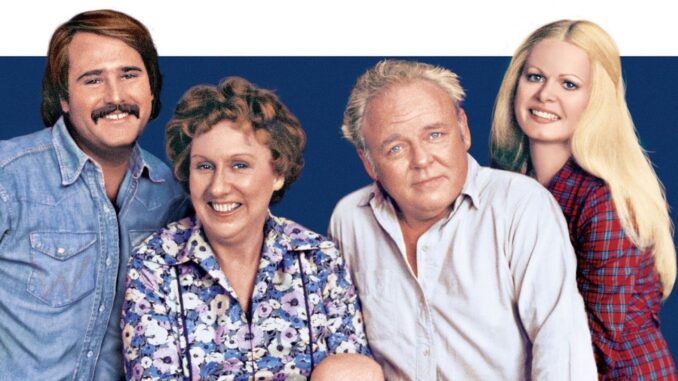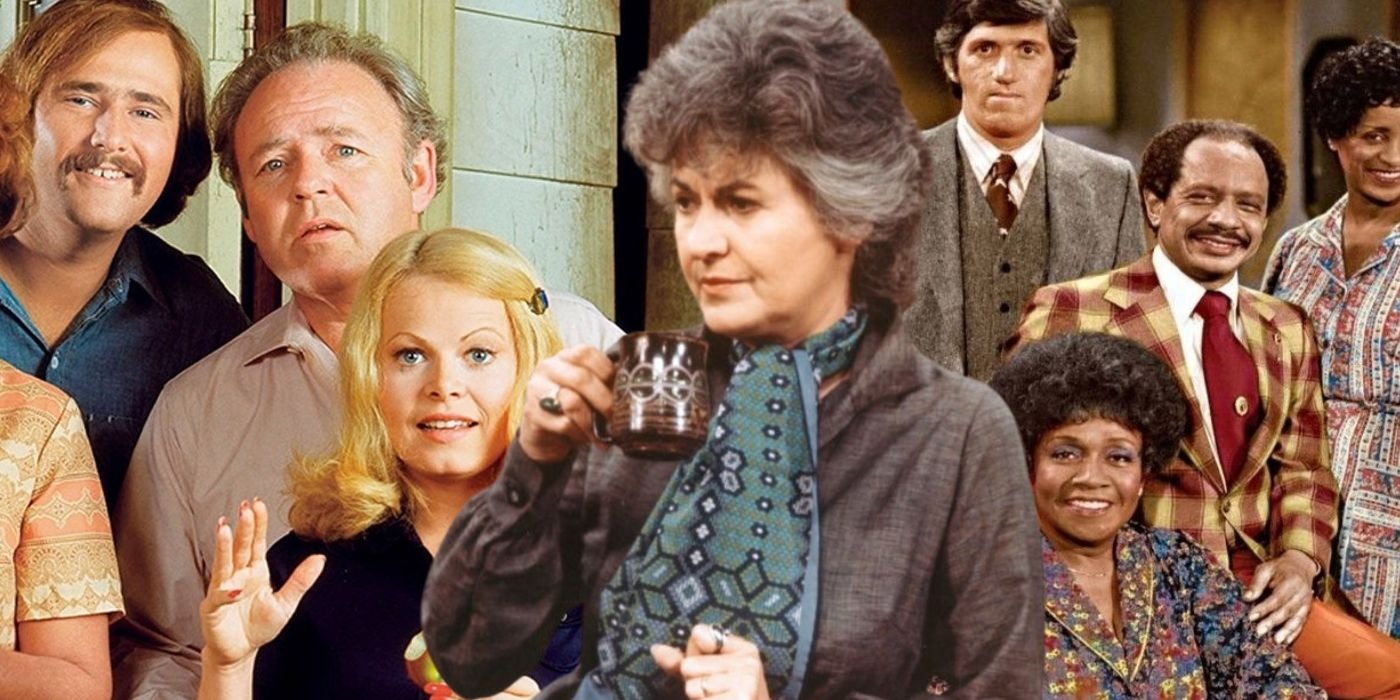
If you were around in the late 1990s and watched ER, you probably still remember the feeling of your heart stopping during one unforgettable hour — the episode titled “All in the Family.” It wasn’t just another installment of a medical drama; it was a television earthquake. It left audiences speechless, critics stunned, and the TV industry forever changed.
Let’s dive into what made this one episode of ER not just iconic but arguably one of the best episodes in television history.
The Context: “ER” at Its Peak
Back in 1995–2000, ER wasn’t just a show — it was a cultural event. Created by Michael Crichton, the series combined medical realism, breakneck pacing, and emotional storytelling in a way no one had seen before.
By the time “All in the Family” aired on February 17, 2000, the show was deep into its prime. Viewers had grown attached to the doctors and nurses of County General Hospital, and they felt every triumph and tragedy alongside them. That’s what made this episode hit like a freight train.
The Setup: The Calm Before the Storm
The story picks up right after the shocking events of “Be Still My Heart,” when beloved characters Dr. Lucy Knight (Kellie Martin) and Dr. John Carter (Noah Wyle) are brutally stabbed by a psychotic patient.
“All in the Family” opens in chaos — the ER in shambles, blood on the floor, and panic in the air. There’s no time for reflection. The doctors, still in shock, must save one of their own.
It’s the kind of high-stakes storytelling that grabs you by the throat and doesn’t let go.
A Masterclass in Tension
From the first second, “All in the Family” feels different. The pacing, the tone, the camera work — everything is elevated. The handheld shots and fast cuts create a feeling of disorientation and panic, mirroring what the doctors are experiencing.
You can almost feel your pulse syncing with theirs as Dr. Mark Greene (Anthony Edwards) and Dr. Peter Benton (Eriq La Salle) work frantically to save Carter and Lucy.
Realism That Cuts Deep
What makes this episode stand out isn’t just the drama — it’s the realism. There are no heroic speeches, no over-the-top slow-motion moments. It’s raw, messy, and heartbreakingly human.
When Lucy lies on the trauma table, whispering through labored breaths, “I can’t breathe,” it feels less like television and more like witnessing something real. That authenticity is what made ER — and this episode in particular — so powerful.
Lucy Knight’s Tragic Farewell

Let’s be honest — no ER fan ever truly got over Lucy Knight’s death.
Kellie Martin delivered a quiet yet devastating performance that cemented her character’s legacy. Lucy’s final moments — scared, aware, and surrounded by chaos — left audiences crying across the country. It wasn’t just a loss for the characters; it was a loss for everyone watching.
The Humanity of Dr. John Carter
Dr. John Carter’s survival wasn’t a victory — it was a burden. His trauma became a long-running storyline, showcasing the emotional aftermath of surviving something horrific.
Noah Wyle’s performance in this episode is a study in controlled panic and vulnerability. You could feel every ounce of pain, guilt, and disbelief in his expressions.
Directorial Brilliance: The Work of Jonathan Kaplan
Directed by Jonathan Kaplan, “All in the Family” is a masterclass in visual storytelling. Kaplan doesn’t rely on flashy effects — instead, he uses claustrophobic shots, subtle lighting, and eerily quiet moments to amplify the dread.
There’s one unforgettable overhead shot of the trauma room — doctors moving frantically around Lucy’s lifeless body — that says more than any dialogue could.
Music, Silence, and Emotion
One of the most chilling aspects of this episode is how it uses silence. There are moments when the soundtrack drops out completely, leaving only the sounds of machines, sobs, and hurried footsteps.
That silence makes the emotions louder. When the final notes of ER’s theme roll in, it’s not just an ending — it’s an emotional collapse.
An Episode That Defined Medical Drama
“All in the Family” raised the bar for medical dramas — and, arguably, all television dramas. It proved that a show could combine medical realism with emotional devastation and still respect its audience’s intelligence.
Shows like Grey’s Anatomy, House, and The Good Doctor all owe a debt to this one episode. It proved that the hospital setting could serve as a backdrop for the most profound human stories.
Critical and Audience Acclaim
Critics hailed the episode as a tour de force. It received Emmy nominations and remains one of ER’s highest-rated hours ever. Even decades later, it tops lists of “Most Memorable TV Episodes” and “Most Heartbreaking Television Moments.”
But more than awards, what made it special was the emotional connection it forged with viewers.
Comparing “All in the Family” (ER) to “All in the Family” (Sitcom)
Interestingly, the title “All in the Family” evokes a deeper meaning. While Norman Lear’s 1970s sitcom All in the Family explored family conflict through comedy, ER’s version explores family through tragedy.
In County General, the doctors and nurses are a family — dysfunctional, flawed, but deeply connected. When one of them falls, everyone feels it. That’s what makes the title so hauntingly perfect.
Themes of Mortality and Connection
At its core, the episode isn’t just about life and death — it’s about connection. It forces viewers to face mortality, empathy, and the fragility of being human.
It reminds us that even in the most sterile, professional environments, emotion can break through like a flood.
Character Growth Through Grief
What followed after “All in the Family” shaped ER’s future. Carter’s recovery and emotional trauma became one of the show’s most compelling arcs. Lucy’s absence left a scar — not just on Carter but on the entire ER team.
That kind of long-term emotional continuity is rare, and it’s part of what made ER legendary.
Legacy: Why It Still Resonates Today
More than 20 years later, “All in the Family” still feels fresh and devastating. In an era of short attention spans and fast-paced streaming shows, this episode remains proof that great storytelling doesn’t age.
It’s not about shock value — it’s about honesty, compassion, and the chaos of being human in the face of tragedy.
Why It’s One of the Best TV Episodes Ever
Simple answer? Because it feels real.
It doesn’t manipulate the audience; it earns every tear, every gasp, and every silence. It’s not just television — it’s art. It’s a reminder that even in a fictional hospital, life and death can touch us in ways we never forget.
Conclusion: The Episode That Changed Television Forever
“All in the Family” wasn’t just another ER episode — it was a cultural landmark. It showcased everything television could be: raw, emotional, cinematic, and unforgettable.
Martin Scorsese once said that the best stories are about people confronting who they truly are. This episode embodies that philosophy. It’s about fear, love, loss, and the fragile threads that bind us all together — in other words, it’s all in the family.
